The architects who built Palm Springs: Albert Frey
One of the first great architects to bring the International Style to Palm Springs and the wider region, Frey (1903-1998) is widely recognised as one of the trailblazers of the area’s remarkable architectural legacy. Notable accomplishments include his own home, Frey House II – one of his most well known works – as well as the Loewy House and the Tramway Gas Station with its famous ‘flying’ canopy.
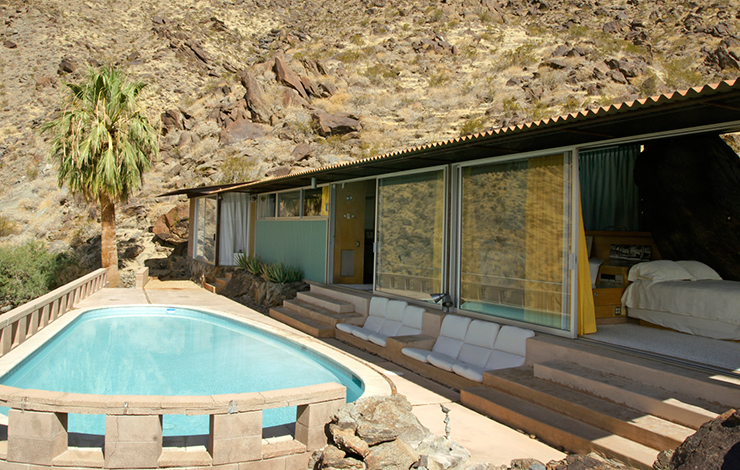
When you look at the low, long and linear forms of Albert Frey's buildings, which appear modern, but also instantly at one with the arid landscape of the USA's Coachella Valley, it is hard to believe that this founding father of Desert Modernism in fact hails from the snowy mountains of Switzerland. Yet a look at Frey's illustrious career at the forefront of his profession, which led him from the heart of European modernism to working for Le Corbusier in Paris and designing buildings in New York, and it becomes clear that his worthy accolades are no accident.
Born in Zurich in 1903 and coming from a more traditional, building-orientated academic background – rather than being influenced by the more style led movements of his time, predominantly the Beaux-Arts – Frey worked in his home country and Belgium, before finding a position at Le Corbusier's Paris office. There, he worked on seminal projects with the great master, such as Villa Savoye, together with co-workers of the likes of Josep Lluís Sert and Charlotte Perriand.
Arriving in Palm Springs for the first time in 1934, via New York, where he was at the time practising, he ‘fell in love with the area', says the Palm Springs Modernist Committee. Attracted by the Californian desert landscapes – and no doubt the good weather – he returned in 1939, relocating there permanently and setting up a partnership with fellow architect and long-term collaborator John Porter Clark, who was already prolific in the area (one of the latter's most well known works is the 1950s Palm Springs City Hall, created in partnership with Albert Frey, E. Stewart Williams and Robson Chambers).
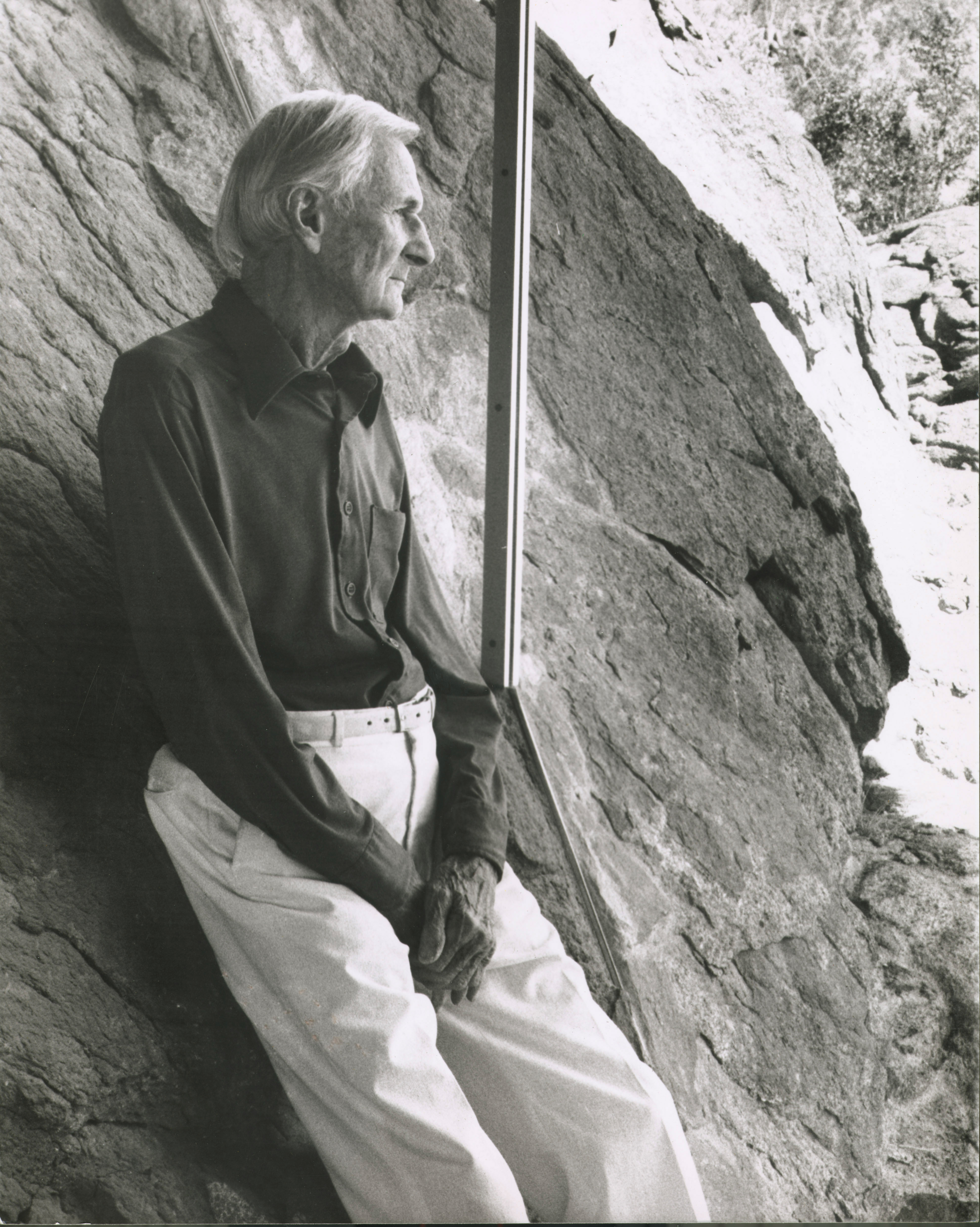
Swiss-born Frey was one of the key pioneers of what became known as ‘desert modernism'.
Frey's career stretched over 60 years and is varied, but some of his residential designs – most notably his own home, Frey House II – probably form his most well known works. Perched on the mountainside, majestically overlooking the city of Palm Springs, just a short drive from the city centre and on the west end of Tahquitz Canyon Way, Frey House II is as iconic a desert house as they get.
Completed in 1964 as the architect's second home in the town, the residence is the result of careful calculations of the site's stone-filled topography and the sun's path. Mixing modern materials such as glass and metal, with local stone, Frey composed a compact, steel-framed structure with little impact to the environment. Still, it features key the Palm Springs staples, such as a swimming pool and sun deck.
RELATED STORY
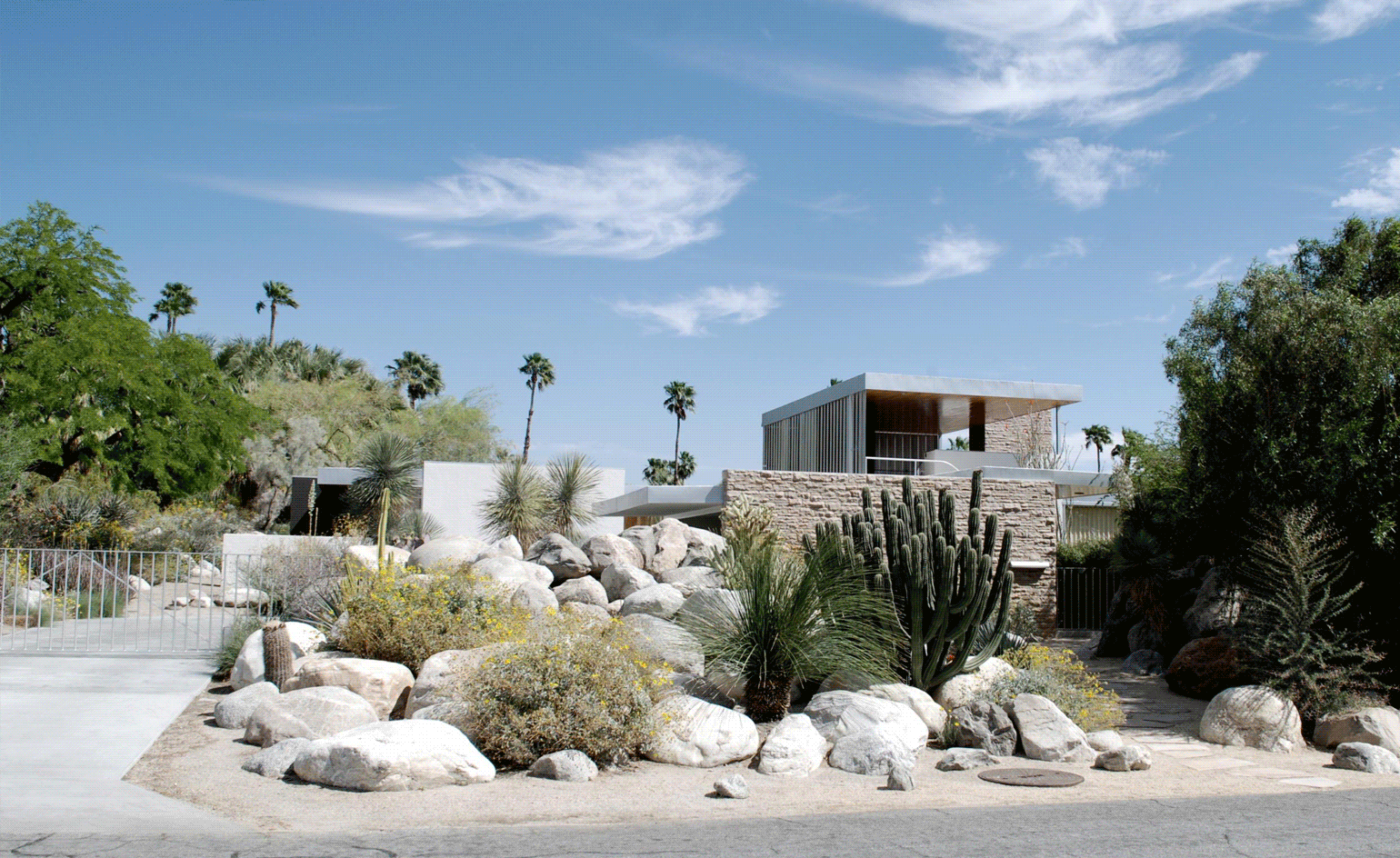
‘The contrast between the natural rock and the high tech materials is rather exciting', Frey said of the house in a past interview. Now, Frey House II is owned and managed by the Palm Springs Museum of Art – the architect bequeathed it with its contents to the local institution, along with an endowment for its preservation, so that his work can serve as an example and experience of what he stood for.
Frey's portfolio also includes the Aerial Tramway Valley Station (designed together with John Porter Clark), Cree House II (rare tours of which are available through the Palm Springs Modernism Week programme in February 2019), Frey House I (the architect's own first designed home in Palm Springs), Loewy House, built for industrial designer Raymond Loewy, and of course the Tramway Gas Station, with its famous ‘flying' canopy (which is now used as a visitors centre).
Being one of the first great architects to bring the international style to Palm Springs and the wider region, Frey is widely recognised, way beyond his death in 1998, as one of the true pioneers of the area's remarkable architectural legacy; his buildings often acting as the visual shorthand for what has been known ever since as Desert Modernism.
Read more in our series on the architects who built Palm Springs here.
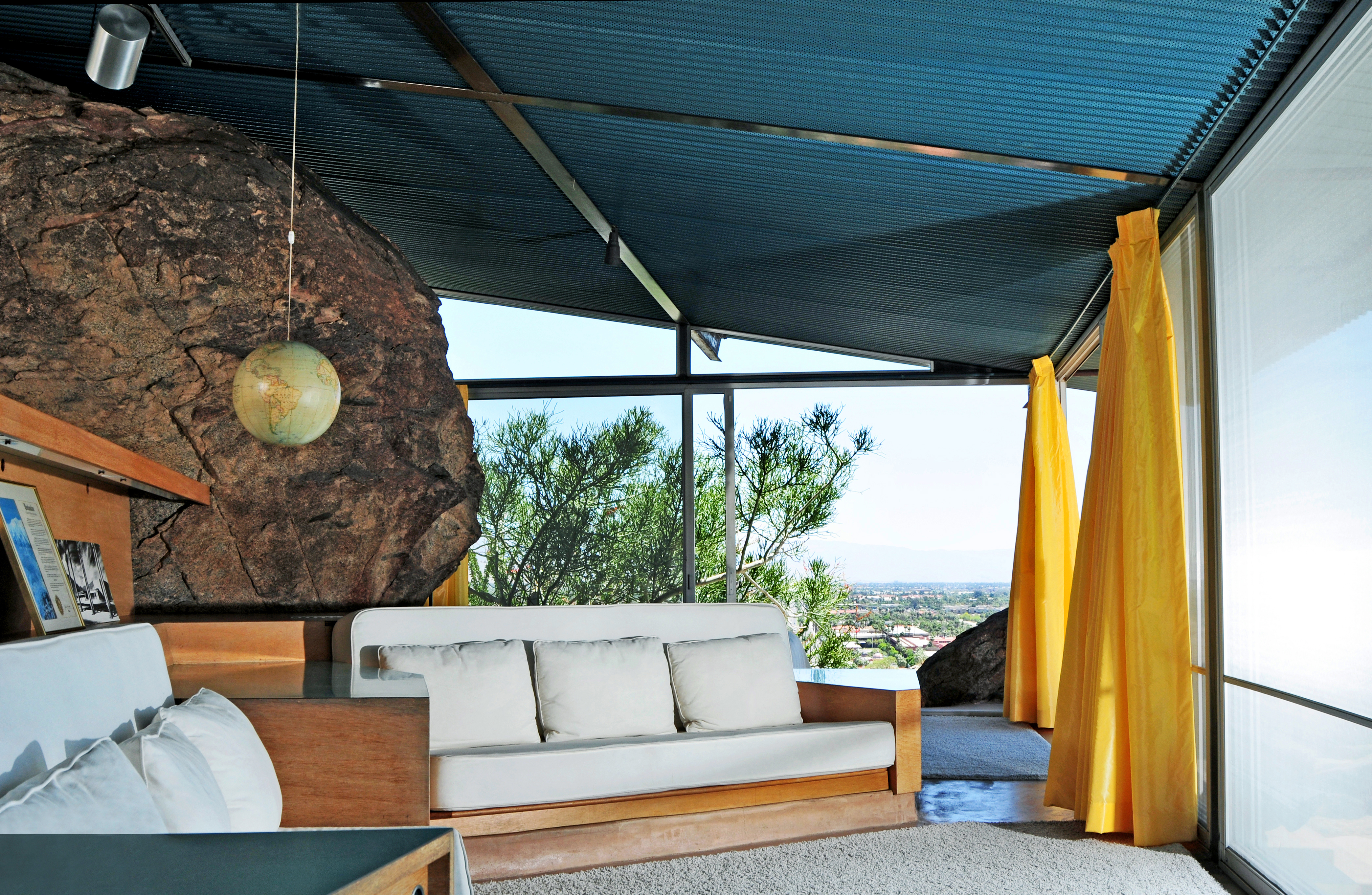
Frey House II is currently owned and managed by the Palm Springs Art Museum.
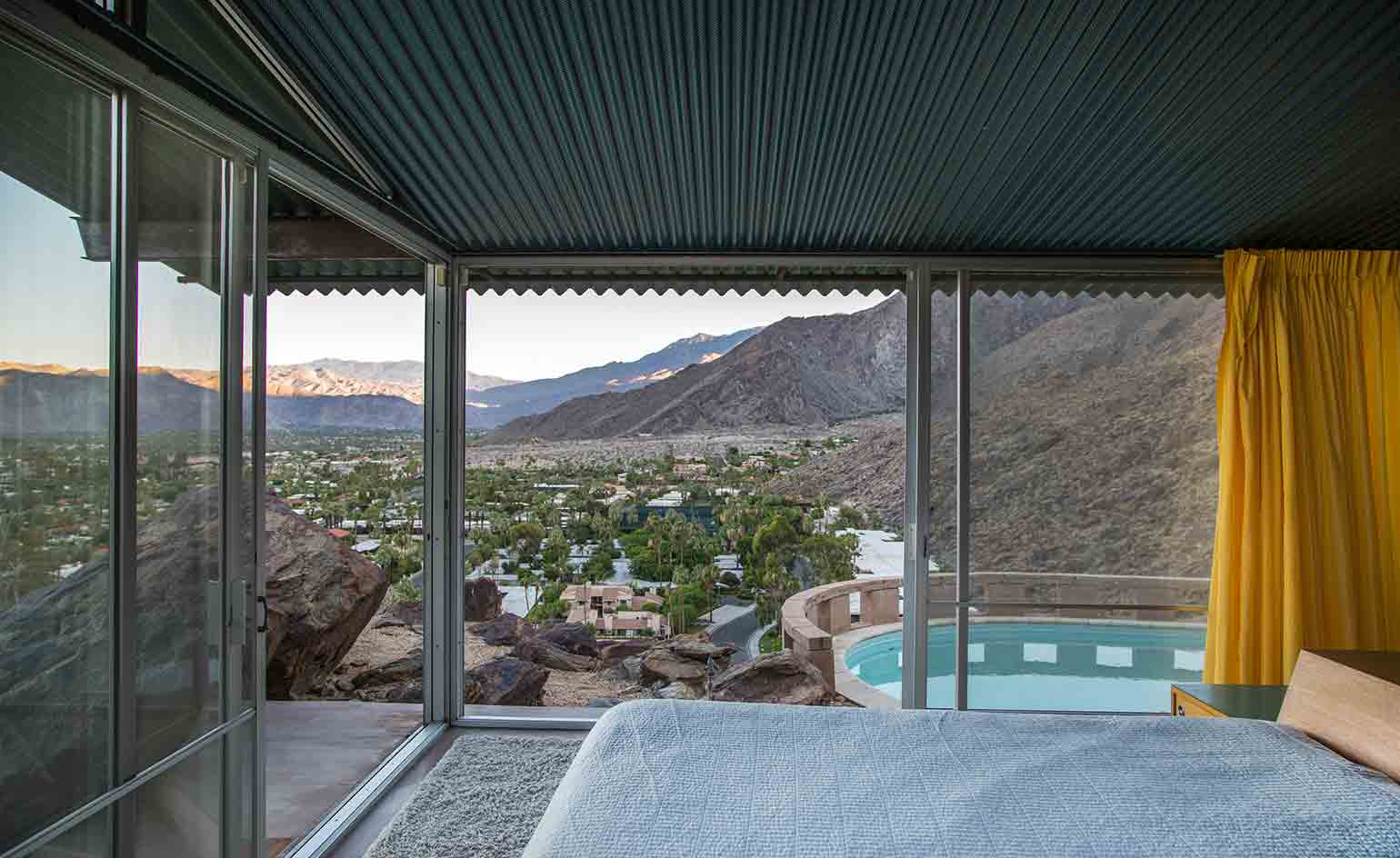
Nestled into the side of the San Jacinto mountains – with views across the Coachella valley – Frey House II was designed and completed in 1964.
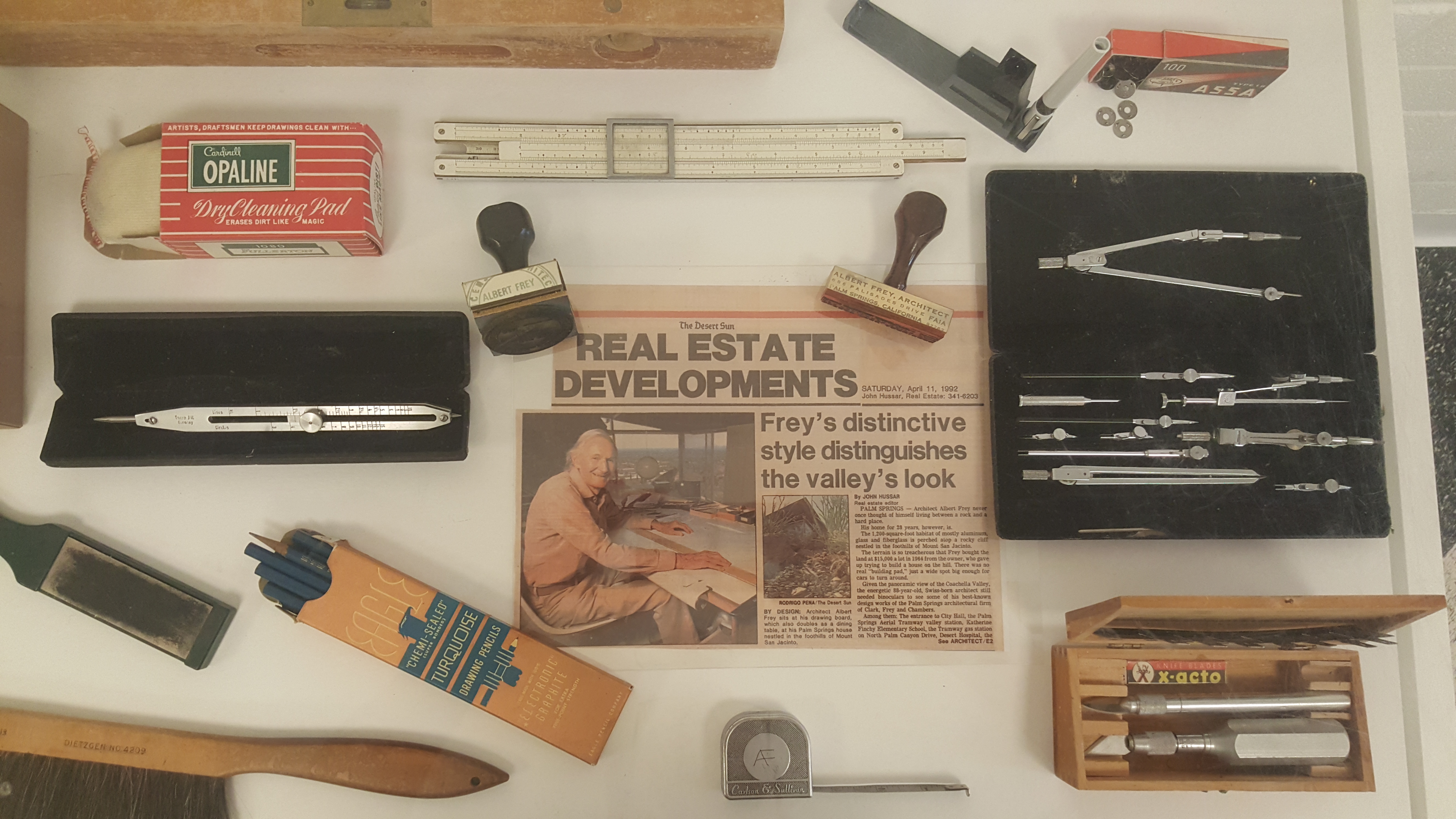
It was Frey’s own home.
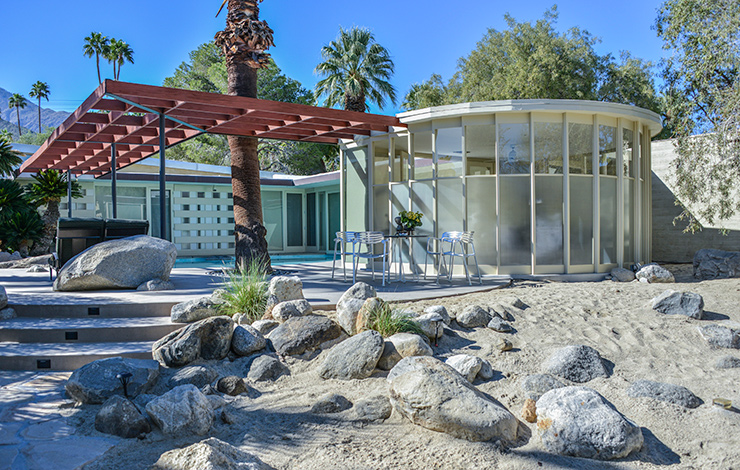
Frey was also behind several other residences in the wider area, such as the 1946-7 Raymond Loewy House, for the relocated French industrial designer
INFORMATION
For more information visit the website of Palm Springs Modernism Week
Receive our daily digest of inspiration, escapism and design stories from around the world direct to your inbox.
Ellie Stathaki is the Architecture & Environment Director at Wallpaper*. She trained as an architect at the Aristotle University of Thessaloniki in Greece and studied architectural history at the Bartlett in London. Now an established journalist, she has been a member of the Wallpaper* team since 2006, visiting buildings across the globe and interviewing leading architects such as Tadao Ando and Rem Koolhaas. Ellie has also taken part in judging panels, moderated events, curated shows and contributed in books, such as The Contemporary House (Thames & Hudson, 2018), Glenn Sestig Architecture Diary (2020) and House London (2022).
-
 ‘I want to bring anxiety to the surface': Shannon Cartier Lucy on her unsettling works
‘I want to bring anxiety to the surface': Shannon Cartier Lucy on her unsettling worksIn an exhibition at Soft Opening, London, Shannon Cartier Lucy revisits childhood memories
-
 What one writer learnt in 2025 through exploring the ‘intimate, familiar’ wardrobes of ten friends
What one writer learnt in 2025 through exploring the ‘intimate, familiar’ wardrobes of ten friendsInspired by artist Sophie Calle, Colleen Kelsey’s ‘Wearing It Out’ sees the writer ask ten friends to tell the stories behind their most precious garments – from a wedding dress ordered on a whim to a pair of Prada Mary Janes
-
 Year in review: 2025’s top ten cars chosen by transport editor Jonathan Bell
Year in review: 2025’s top ten cars chosen by transport editor Jonathan BellWhat were our chosen conveyances in 2025? These ten cars impressed, either through their look and feel, style, sophistication or all-round practicality
-
 Step inside this resilient, river-facing cabin for a life with ‘less stuff’
Step inside this resilient, river-facing cabin for a life with ‘less stuff’A tough little cabin designed by architects Wittman Estes, with a big view of the Pacific Northwest's Wenatchee River, is the perfect cosy retreat
-
 Remembering Robert A.M. Stern, an architect who discovered possibility in the past
Remembering Robert A.M. Stern, an architect who discovered possibility in the pastIt's easy to dismiss the late architect as a traditionalist. But Stern was, in fact, a design rebel whose buildings were as distinctly grand and buttoned-up as his chalk-striped suits
-
 Own an early John Lautner, perched in LA’s Echo Park hills
Own an early John Lautner, perched in LA’s Echo Park hillsThe restored and updated Jules Salkin Residence by John Lautner is a unique piece of Californian design heritage, an early private house by the Frank Lloyd Wright acolyte that points to his future iconic status
-
 The Architecture Edit: Wallpaper’s houses of the month
The Architecture Edit: Wallpaper’s houses of the monthFrom wineries-turned-music studios to fire-resistant holiday homes, these are the properties that have most impressed the Wallpaper* editors this month
-
 The Stahl House – an icon of mid-century modernism – is for sale in Los Angeles
The Stahl House – an icon of mid-century modernism – is for sale in Los AngelesAfter 65 years in the hands of the same family, the home, also known as Case Study House #22, has been listed for $25 million
-
 Houston's Ismaili Centre is the most dazzling new building in America. Here's a look inside
Houston's Ismaili Centre is the most dazzling new building in America. Here's a look insideLondon-based architect Farshid Moussavi designed a new building open to all – and in the process, has created a gleaming new monument
-
 Frank Lloyd Wright’s Fountainhead will be opened to the public for the first time
Frank Lloyd Wright’s Fountainhead will be opened to the public for the first timeThe home, a defining example of the architect’s vision for American design, has been acquired by the Mississippi Museum of Art, which will open it to the public, giving visitors the chance to experience Frank Lloyd Wright’s genius firsthand
-
 Clad in terracotta, these new Williamsburg homes blend loft living and an organic feel
Clad in terracotta, these new Williamsburg homes blend loft living and an organic feelThe Williamsburg homes inside 103 Grand Street, designed by Brooklyn-based architects Of Possible, bring together elegant interiors and dramatic outdoor space in a slick, stacked volume